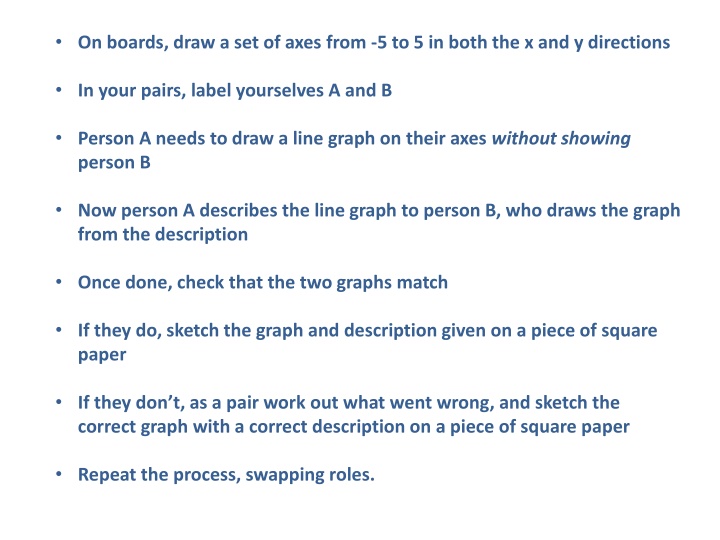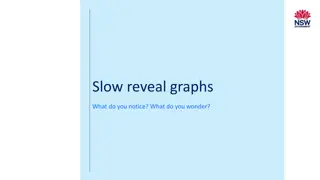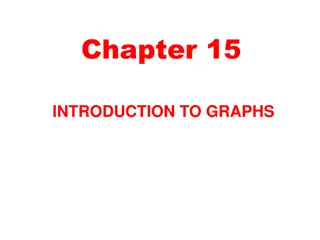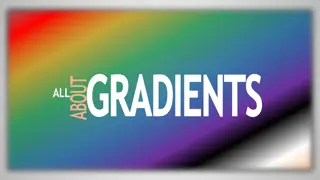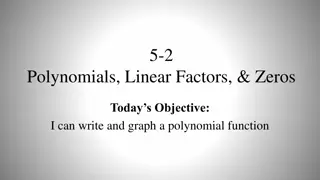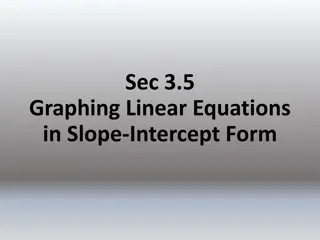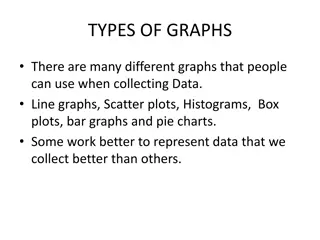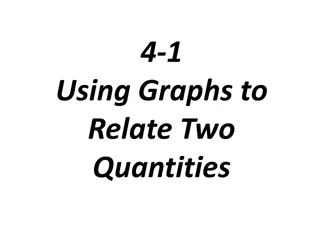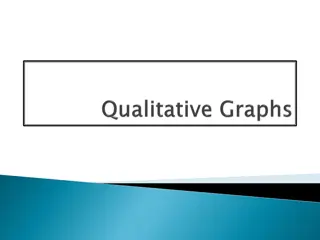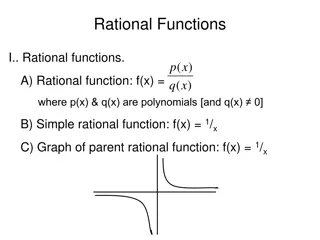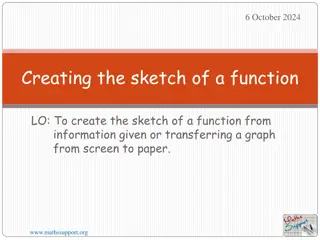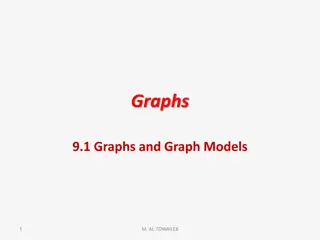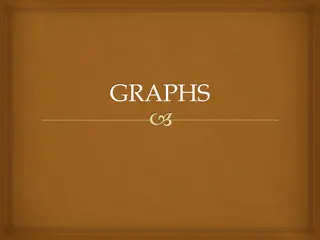Graphs: Intercepts and Gradients
In this activity, participants work in pairs to draw line graphs and describe them to each other using the concepts of y-intercepts and gradients. Through visual representations and verbal communication, they practice identifying and utilizing these key graph characteristics. The process involves drawing, describing, comparing, identifying discrepancies, and correcting any errors. This interactive exercise enhances understanding of graph interpretation.
Download Presentation

Please find below an Image/Link to download the presentation.
The content on the website is provided AS IS for your information and personal use only. It may not be sold, licensed, or shared on other websites without obtaining consent from the author.If you encounter any issues during the download, it is possible that the publisher has removed the file from their server.
You are allowed to download the files provided on this website for personal or commercial use, subject to the condition that they are used lawfully. All files are the property of their respective owners.
The content on the website is provided AS IS for your information and personal use only. It may not be sold, licensed, or shared on other websites without obtaining consent from the author.
E N D
Presentation Transcript
On boards, draw a set of axes from -5 to 5 in both the x and y directions In your pairs, label yourselves A and B Person A needs to draw a line graph on their axes without showing person B Now person A describes the line graph to person B, who draws the graph from the description Once done, check that the two graphs match If they do, sketch the graph and description given on a piece of square paper If they don t, as a pair work out what went wrong, and sketch the correct graph with a correct description on a piece of square paper Repeat the process, swapping roles.
What information do we need to describe a line accurately?
The y-intercept and the gradient Objective: To recognise and use the y-intercept and the gradient of a graph.
Find the gradient and y-intercept of the straight-line graph. (4,6) 8 (0,-2) 4
Find the gradient and y-intercept of the straight-line graph. 18 (-9,5) -6 (9,-1)
In your own words, write down a definition of the y-intercept and the gradient
The y-intercept of a graph is the value of y when ? = 0. It is the point where the graph crosses the y-axis The gradient of a graph is a measure of the slope of the graph. It is given by: change in ? direction change in ? direction If the line slopes up from left to right, then the gradient is positive. If the line slopes down from left to right, then the gradient is negative.
On boards, draw a set of axes from -5 to 5 in both the x and y directions In your pairs, label yourselves A and B Person A needs to draw a line graph on their axes without showing person B Now person A describes the line graph to person B, who draws the graph from the description Once done, check that the two graphs match If they do, sketch the graph and description given on a piece of square paper If they don t, as a pair work out what went wrong, and sketch the correct graph with a correct description on a piece of square paper Repeat the process, swapping roles.
Draw two parallel lines. What do you notice about the gradient and y-intercept of these lines? Is this always true? Draw two perpendicular lines. What do you notice about the gradient of these lines? Is this always true?
